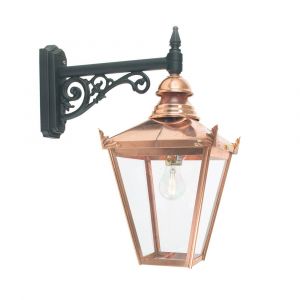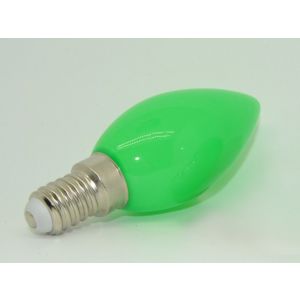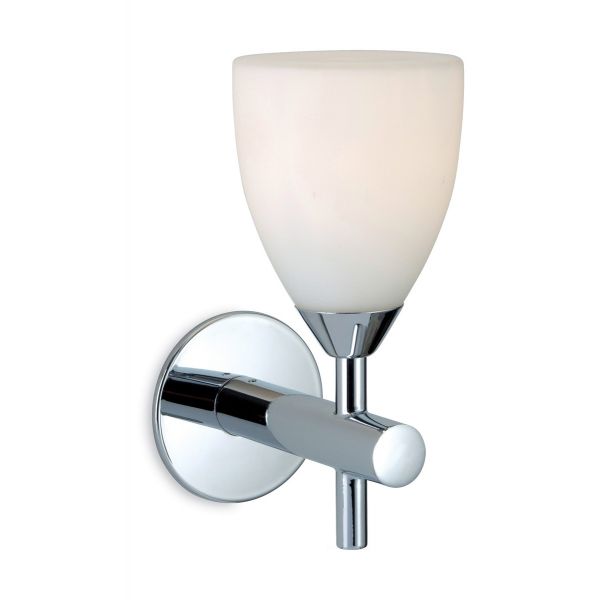We use cookies to make your experience better. To comply with the new e-Privacy directive, we need to ask for your consent to set the cookies. Learn more.
Shedding Light On Reflector Spot Lamps: R50, R63, R80, R95, Halogen & LED Replacements

Shedding Light On Reflector Spot Lamps: R50, R63, R80, R95, Halogen & LED Replacements
In the world of lighting, there's a wide range of options to choose from, each designed to suit different needs and preferences. Reflector spot lamps, named after their specific dimensions, such as R50, R63, R80, and R95, have been popular choices for focused lighting and accentuating certain areas. Meanwhile, halogen spot lamps have been a long-standing option known for their warm and bright illumination. As technology has advanced, LED replacements have stepped into the spotlight, offering energy efficiency and versatility. In this blog, we'll delve into the characteristics of reflector spot lamps and halogen lamps and explore the benefits of switching to LED replacements.
Understanding Reflector Spot Lamps: R50, R63, R80, R95
Reflector spot lamps are distinguished by their shape, size, and focal properties. The naming convention, such as R50, R63, R80, and R95, refers to the diameter of the lamp in millimetres. These lamps are designed to emit a focused, directional light, making them ideal for spotlighting, accent lighting, and task lighting. Their reflective surface aids in directing light in a specific direction, reducing scatter, and enhancing the intensity of illumination.
- R50: With a 50mm diameter, R50 lamps are often used in small fixtures and appliances, such as refrigerator lights and desk lamps.
- R63: Slightly larger with a 63mm diameter, R63 lamps offer a balance between focused lighting and wider coverage. They're commonly used in track lighting and pendant fixtures.
- R80: With an 80mm diameter, R80 lamps provide a broader beam of light. They're suitable for general accent lighting and are often found in ceiling-mounted fixtures.
- R95: The largest in this series, R95 lamps have a 95mm diameter, offering the widest beam angle. They're excellent for illuminating larger areas or creating a soft ambiance in living spaces.
Halogen Spot Lamps: Warmth and Brightness
Halogen spot lamps have been a popular choice for their ability to produce bright, crisp, and warm white light. They are known for their excellent colour rendering properties, which means they accurately display colours as they appear in natural daylight. This quality makes halogen lamps a preferred choice for spaces where colour accuracy is crucial, such as art galleries and retail stores. However, halogen lamps are less energy-efficient compared to newer technologies and emit a significant amount of heat, making them less environmentally friendly.
Embracing LED Reflector Replacements
With the advancement of LED technology, consumers have a more energy-efficient and versatile alternative to traditional halogen lamps. LED spot lamps offer a range of benefits:
- Energy Efficiency: LED lamps are significantly more energy-efficient than halogen lamps. They consume less electricity while producing the same or even greater levels of illumination.
- Longevity: LED lamps have an impressive lifespan, often lasting tens of thousands of hours, compared to the relatively shorter lifespan of halogen lamps.
- Colour Options: LED lamps can be manufactured to produce a wide range of colour temperatures, allowing users to select lighting that suits their ambiance preferences.
- Directional Light: Just like traditional reflector spot lamps, LED versions provide focused and directional lighting, making them suitable for task lighting and spotlighting.
- Cooler Operation: LEDs emit very little heat, making them safer to use and reducing the load on cooling systems in enclosed spaces.
- Dimmability: Many LED spot lamps are dimmable, allowing users to adjust the light output to their liking.
As we navigate the world of lighting options, it's clear that reflector spot lamps, whether R50, R63, R80, or R95, have their unique roles in providing focused and directional lighting. Halogen spot lamps offer warm and vibrant illumination, but their energy inefficiency and heat emission are considerations to keep in mind. The rise of LED replacements presents an excellent opportunity to embrace energy efficiency, long-lasting performance, and diverse lighting options. When considering lighting upgrades or new installations, the choice between these options ultimately depends on the specific lighting needs and preferences of the space.


 Amazon
Amazon



